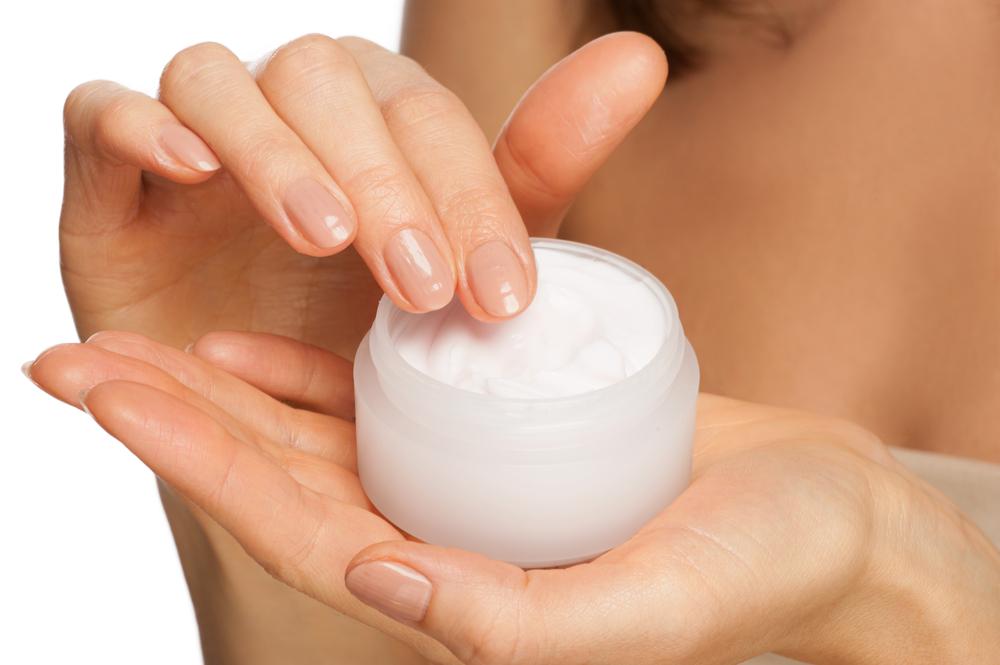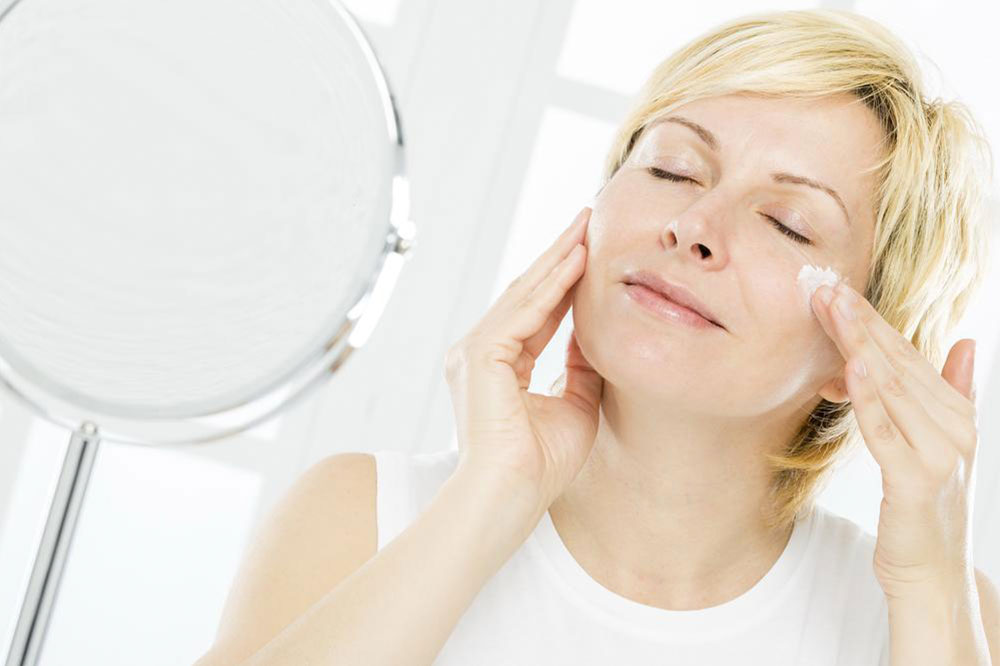Comprehensive Natural and Medical Approaches to Managing Dermatomyositis Effectively
This detailed guide explores comprehensive natural and medical strategies for managing dermatomyositis. Emphasizing sun protection, physical therapy, nutritional guidance, and advanced treatments, it offers valuable insights for patients seeking effective symptom relief and improved quality of life. A holistic approach, combined with professional medical advice, is essential for optimal disease management.

Comprehensive Natural and Medical Approaches to Managing Dermatomyositis Effectively
Dermatomyositis is a rare but serious autoimmune condition that affects the skin and muscles, leading to inflammation, weakness, and a range of discomforts. Though there is no single cure for this disease, a strategic combination of natural therapies and conventional medical treatments can significantly alleviate symptoms and improve quality of life. Understanding the disease, implementing proactive measures, and working closely with healthcare professionals are crucial steps toward effective management.
Understanding Dermatomyositis: An Overview
Dermatomyositis primarily manifests through distinctive skin rashes and progressive muscle weakness. Patients often develop purple or reddish rashes on sun-exposed areas such as the face, neck, shoulders, and back. In addition to skin symptoms, calcium deposits can form under the skin, leading to firm nodules or calcifications. Muscular symptoms include fatigue, difficulty with movement, and weakness, especially in the proximal muscles like the thighs and shoulders. Joint pain and sensitivity are also common. Though the exact cause remains unknown, autoimmune responses are believed to trigger the condition, with factors such as genetics, infections, and environmental influences potentially involved.
While a definitive cure remains elusive, numerous strategies—both natural and medical—can help manage symptoms effectively. These approaches focus on reducing inflammation, preventing disease progression, maintaining muscle strength, and supporting overall well-being.
Sun Protection Strategies to Prevent Flare-Ups
Photosensitivity is a hallmark of dermatomyositis, meaning exposure to ultraviolet (UV) rays from sunlight can exacerbate skin rashes and trigger flare-ups. Therefore, rigorous sun protection measures are essential. Patients should aim to minimize exposure to direct sunlight, especially during peak hours from 10 a.m. to 4 p.m., when UV radiation is strongest. Wearing protective clothing such as long-sleeved shirts, wide-brimmed hats, and UV-proof sunglasses creates a barrier against harmful rays. Applying broad-spectrum sunscreen with SPF 30 or higher on exposed skin is critical. Reapplication every two hours, or more frequently when sweating or swimming, further safeguards skin integrity. Seeking shade during outdoor activities and avoiding artificial tanning devices like tanning beds can also prevent skin exacerbation. These precautions help reduce the likelihood of rash flare-ups, skin irritation, and overall discomfort.
Physical Therapy and Exercise for Muscle Preservation
Maintaining muscle strength and joint mobility is fundamental for patients with dermatomyositis. Regular engagement in physical therapy guided by healthcare or rehabilitation professionals can produce positive outcomes. Therapeutic exercises include gentle stretching routines and low-impact aerobic activities such as swimming, walking, or cycling, which promote blood circulation, lessen stiffness, and prevent muscle atrophy. Water-based exercises are particularly beneficial because they provide resistance with minimal joint strain, easing movement and encouraging muscle recovery.
As strength and endurance improve, more active routines like yoga or tai chi can be introduced. These practices not only enhance flexibility but also support mental relaxation and stress reduction. Consistent physical activity tailored to the individual's capacity can bolster resilience, improve posture, and support daily functioning. It is essential to start slowly and gradually increase activity levels under professional supervision to avoid overexertion, which could worsen symptoms.
Speech and Nutritional Support for Symptom Management
In some cases of dermatomyositis, muscle weakness can extend to muscles involved in swallowing and speech, leading to difficulties in communication and nutritional intake. Speech therapy is a valuable resource, helping individuals relearn swallowing techniques, improve speaking clarity, and address associated challenges. Simultaneously, nutritional guidance plays a vital role in recovery and symptom management. Eating a balanced and nutrient-rich diet supports immune health and replenishes energy stores.
Dietary considerations should include plenty of whole grains, lean proteins such as poultry, fish, and legumes, and healthy fats from sources like avocados, nuts, and olive oil. Avoiding processed foods, trans fats, excess salt, and refined sugars can decrease inflammation and reduce the risk of flare-ups. Hydration is equally important—patients should aim to drink sufficient water throughout the day to support overall health.
Furthermore, sufficient rest and stress management techniques, such as mindfulness or meditation, can positively influence recovery. Managing emotional health is crucial, as chronic illness can impact mental well-being significantly.
Medical Interventions for Severe Cases
For aggressive or refractory dermatomyositis cases, additional medical treatments may be necessary. These include medications that suppress the immune response, such as corticosteroids, methotrexate, azathioprine, or mycophenolate mofetil. In some instances, the removal of calcium deposits through surgical procedures or ultrasound-based heat therapies like phonophoresis can be beneficial. These interventions aim to reduce inflammation, control calcifications, and promote disease remission.
Moreover, regular monitoring and follow-up with healthcare providers allow for treatment adjustments tailored to disease progression and response. Patients should remain informed about new therapies and emerging research that might offer additional options in managing this complex autoimmune disorder.
Emotional support and community engagement can also contribute significantly to coping with dermatomyositis. Connecting with support groups or counseling services provides emotional resilience and encourages adherence to treatment plans.
In conclusion, while dermatomyositis presents considerable challenges, a comprehensive approach combining natural strategies, lifestyle modifications, physical therapies, nutritional support, and medical treatments can vastly improve patient outcomes. Staying proactive and engaged with healthcare professionals is the key to managing this condition effectively and leading a fulfilling life despite the disease.





